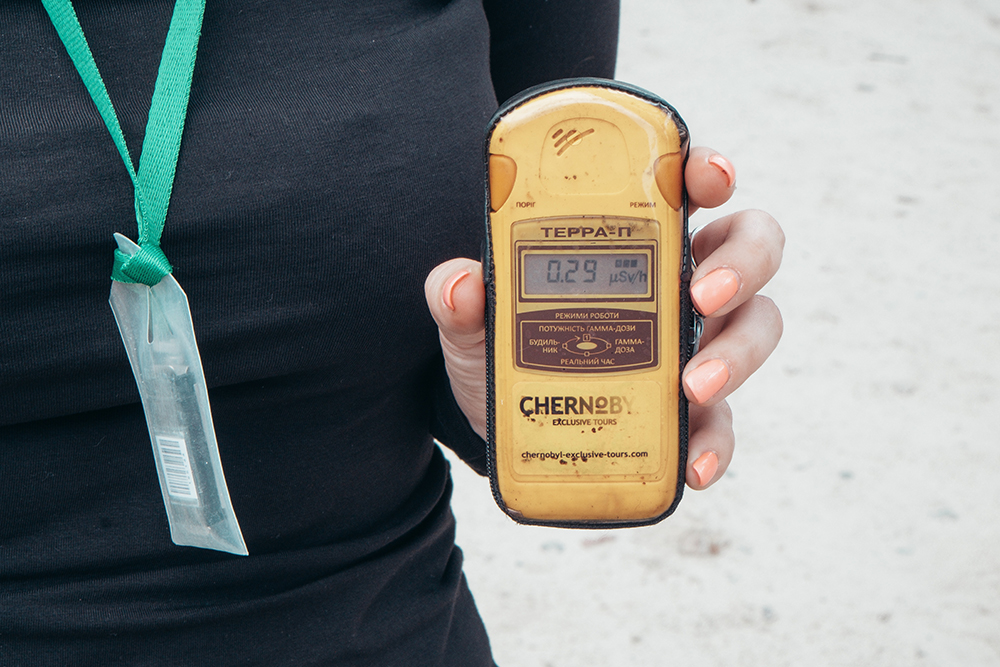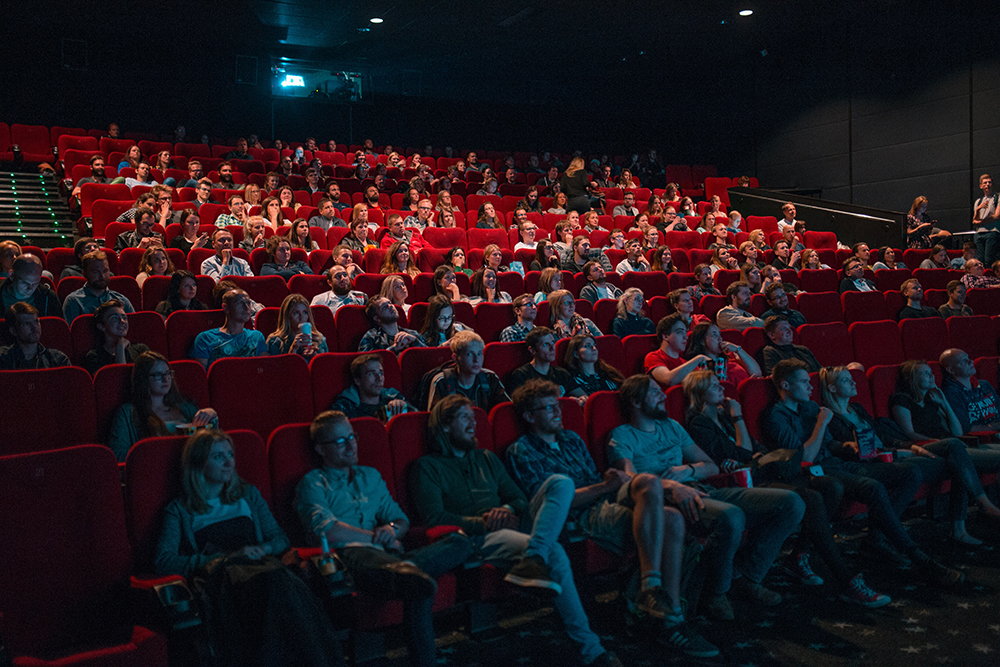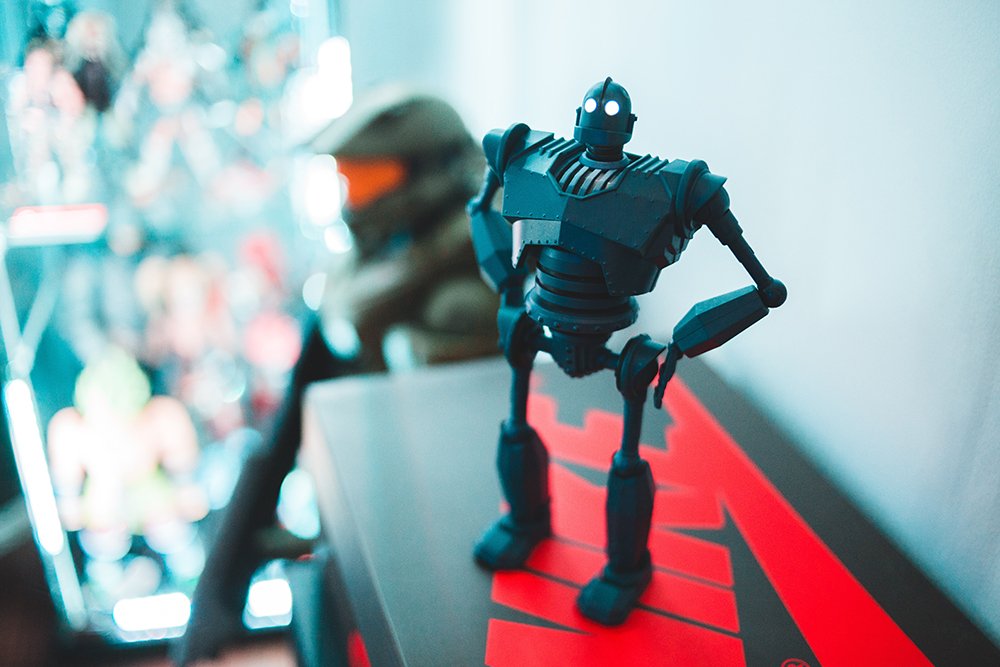There is great media interest in the new book “Maschinenliebe” (ed. Oliver Bendel), which was published in October 2020. Several review copies were sent out. The title means “Machine Love”, “Machines for Love” or “Machines of Love”. Three contributions are in English. One of them – “Speaking with Harmony: Finding the right thing to do or say … while in bed (or anywhere else)” – is by Kino Coursey (Realbotix). From the abstract: “Doing or saying the right thing in response to circumstances is a constant problem, especially for embodied personal companions like Realbotix’s Harmony. In this paper we will describe the Harmony system, how it finds the right thing to say or do, and how recent advances in neural network-based natural language processing and generation will be integrated into next-generation systems. These advances will allow the transition from pattern-oriented responses to dynamic narrative-oriented response generation. Future systems will be able adapt to their situation much more flexibly, and allow a wider range of role-playing and interaction.” More information via www.springer.com/de/book/9783658298630.
Spot in Chernobyl
Boston Dynamics is known for several two- and four-legged robots. Videos often show spectacular movements and stunts. Surely the scenes have to be shot often to be as impressive as possible. The robot Spot has recently been given some new features. Several media report that it was used in Chernobyl. “A team of engineers from the University of Bristol visited the Chernobyl Nuclear Plant last week to test out Spot, a four-legged robodog made by US-based robotics company Boston Dynamics … Spot is capable of making inspection rounds all by itself and can navigate hostile environments such as the highly radioactive site of the former nuclear power plant. Spot went for a walk around the surrounding areas and into the New Safe Confinement structure, a massive moveable dome of steel meant to keep in dangerous radiation from the plant’s number 4 reactor unit, which was destroyed during the 1986 disaster. The robot’s main task was to survey levels of radiation in the area, creating a three-dimensional map of the distribution.” (Website Futurism, 26 October 2020) Spot and Co. stand in the probably oldest tradition of robotics: They take over tasks that are too dangerous or too strenuous for humans.
Intimate Relationships with Humanoid Robots
In October 2020 the book “Maschinenliebe” (ed. Oliver Bendel) was published by Springer. The title means “Machine Love”, “Machines for Love” or “Machines of Love”. Three contributions are in English. One of them (“Intimate Relationships with Humanoid Robots”) is by Yuefang Zhou and Martin H. Fischer (University of Potsdam). From the abstract: “The topic of human-robot intimate relationships is not only an intensely emotional one that is present in the mass media because of its ability to stir excitement. The very same topic also requires our understanding of basic mechanisms of the human mind and of social cognition in particular. A scientifically-minded framing of the debate around whether and how we might engage in intimate relationships with humanoid robots in the near future might in turn improve our understanding of human sexuality. Viewed from this angle, intimate human-robot interaction is then merely one of many examples of studying human-machine interactions for the benefit of users and as a means of improving our knowledge about humans and the human mind. In this chapter we will adopt such a stance and discuss both social-cognitive and sexual aspects of this innovative topic, review available empirical evidence and offer some suggestions for further research.” More information via www.springer.com/de/book/9783658298630.
Love Dolls and Sex Robots in Prisons
On 24 October 2020 the article “Love Dolls and Sex Robots in Unproven and Unexplored Fields of Application” by Oliver Bendel was published in Paladyn, Journal of Behavioral Robotics. From the abstract: “Love dolls, the successors of blow-up dolls, are widespread. They can be ordered online or bought in sex shops and can be found in brothels and households. Sex robots are also on the rise. Research, however, has been slow to address this topic thoroughly. Often, it does not differentiate between users and areas of application, remaining vague, especially in the humanities and social sciences. The present contribution deals with the idea and history of love dolls and sex robots. Against this background, it identifies areas of application that have not been investigated or have hardly been investigated at all. These include prisons, the military, monasteries and seminaries, science, art and design as well as the gamer scene. There is, at least, some relevant research about the application of these artefacts in nursing and retirement homes and as such, these will be given priority. The use of love dolls and sex robots in all these fields is outlined, special features are discussed, and initial ethical, legal and pragmatic considerations are made. It becomes clear that artificial love servants can create added value, but that their use must be carefully considered and prepared. In some cases, their use may even be counterproductive.” The article is available here for free as an open access publication.
Guys and Dolls
In October 2020 the book “Maschinenliebe” (ed. Oliver Bendel) was published by Springer. The title means “Machine Love”, “Machines for Love” or “Machines of Love”. Three contributions are in English. One of them (“Guys and Dolls”) is by Kate Devlin and Chloé Locatelli (King’s College London). From the abstract: “This chapter explores the creators and potential consumers of sex robots. With Realbotix as our case study, we take a closer look at the language and sentiments of those developing the technology and those who are testing, consuming, or showing an interest in it. We do this by means of website and chat forum analysis, and via interviews with those involved. From this, we can see the motivation for developing a sexual companion robot places the emphasis firmly on the companionship aspect, and that those involved in creating and consuming the products share an ideology of intimacy and affection, with sexual gratification only playing a minor role.” More information via www.springer.com/de/book/9783658298630.
AI in Medical Robotics
The Emmy Noether Research Group “The Phenomenon of Interaction in Human-Machine Interaction” and the Institute of Ethics, History, and Theory of Medicine (LMU Munich) host a lecture series “on some of the pressing issues arising in the context of implementing and using AI in medicine”. “Each date will consist of three short talks by renowned experts in the respective fields followed by a roundtable discussion. All lectures are held online (Zoom) until further notice.” (Website The Philosophy of Human-Machine Interaction) On 19 November 2020 (18.00-19.30) the topic will be “AI in Medical Robotics”. Speakers will be Prof. Dr. Oliver Bendel (University of Applied Sciences and Arts Northwestern Switzerland), Prof. Dr. Manfred Hild (Beuth University of Applied Sciences Berlin) and Dr. Janina Loh (University of Wien). The presentation language is German. More information via interactionphilosophy.wordpress.com.
Service Robots in Epidemics and Pandemics
On October 14, 2020 the article “Der Einsatz von Servicerobotern bei Epidemien und Pandemien” (“The use of service robots in epidemics and pandemics”) by Oliver Bendel was published in HMD – Praxis der Wirtschaftsinformatik. From the abstract: “Robots have always been used to carry out dangerous tasks or tasks that are not manageable for us. They defuse bombs, transport hazardous materials and work their way into areas inaccessible to humans. The COVID-19 pandemic has shown that even service robots, which are not actually intended for special cases, can provide helpful services in the care of isolated persons and in the containment of diseases. This paper presents four types of service robots. Then it gives examples of robot use during the coronavirus crisis in 2020. Finally, the question in which extent and in what way the robot types can cooperate and whether some of them can be developed into generalists is examined. Business models and operating opportunities are also discussed. The paper shows that cohorts of robots could be vital in the future.” It is part of Volume 57, Issue 6 (December 2020) with a focus on robotics and is available here for free as an open access publication (in German).
AI in the Art of Film
“Agence” by Transitional Forms (Toronto) is the first example of a film that uses reinforcement learning to control its animated characters. MIT Technology Review explains this in an article published on October 2, 2020. “Agence was debuted at the Venice International Film Festival last month and was released this week to watch/play via Steam, an online video-game platform. The basic plot revolves around a group of creatures and their appetite for a mysterious plant that appears on their planet. Can they control their desire, or will they destabilize the planet and get tipped to their doom? Survivors ascend to another world.” (MIT Technology Review, 2 October 2020) The film could be another example of how art and artificial intelligence belong together. Its director also expresses himself in this direction: “I am super passionate about artificial intelligence because I believe that AI and movies belong together …” (MIT Technology Review, 2 October 2020). Whether the audience shares the enthusiasm in this case and in other areas, the future must show.
Dangerous Machines or Friendly Companions?
“Dangerous machines or friendly companions? One thing is clear: Our fascination with robots persists. This colloquium in cooperation with TA-SWISS will continue to pursue it.“ This is what it says in the teaser of a text that can be found on the website of the Haus der elektronischen Künste Basel (HeK). “In science fiction films they are presented both as dangerous machines threatening human survival and as friendly companions in our everyday lives. Human-like or animal-like robots, such as the seal Paro, are used in health care, sex robots compensate for the deficits of human relationships, intelligent devices listen to our conversations and take care of our needs …“ (Website HeK) And further: “This event is part of a current study by TA-SWISS which deals with the potentials and risks of social robots that simulate empathy and trigger emotions. The focus is on the new challenges in the relationship between man and machine. At the colloquium, the two scientists Prof. Dr. Oliver Bendel and Prof. Dr. Hartmut Schulze and the Swiss artist Simone C. Niquille will provide brief inputs on the topic and discuss the questions raised in a panel discussion.” (Website HeK) More information via www.hek.ch/en/program/events-en/event/kolloquium-soziale-roboter.html.








